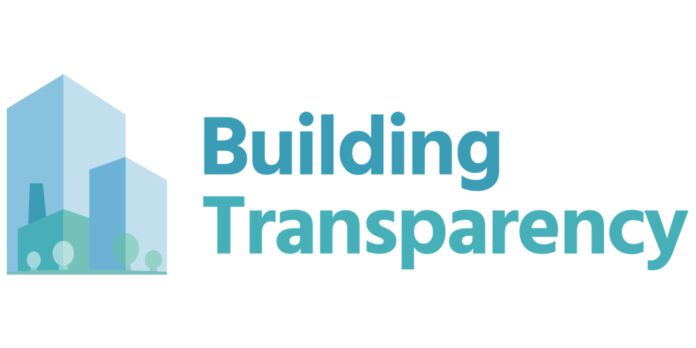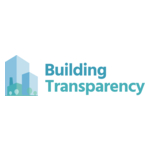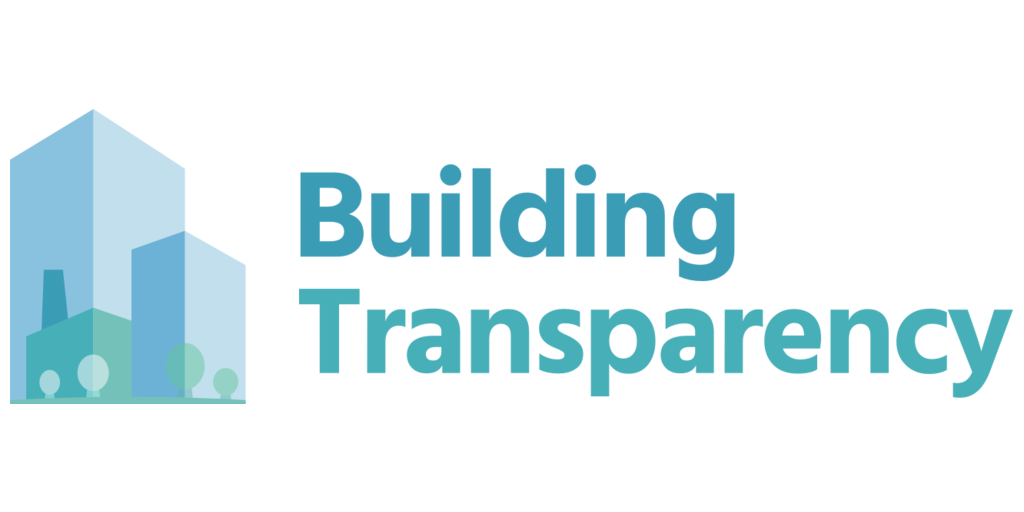Nonprofit Releases Embodied Carbon Guide and Details How EC3 Tool Informs Implementation of Low-Carbon Procurement Policies Globally
SEATTLE–(BUSINESS WIRE)–Building Transparency, a nonprofit organization that provides open-access data and tools to foster a better building future, today celebrates the continued passage of Buy Clean policies on a global scale and its unique positioning to drive low-carbon procurement with its Embodied Carbon in Construction Calculator (EC3). These policies represent a critical opportunity to decarbonize the built environment sector, which is responsible for 40% of global greenhouse gas emissions.
Building Transparency is also announcing the launch of its Manufacturer’s Guide to Embodied Carbon, a resource developed by the organization’s Materials Carbon Action Network (materialsCAN) – a program comprised of members of the global building industry ready to act on the smart prioritization of embodied carbon in building materials. The guide is meant to prepare manufacturers for the passing of Buy Clean policies, outlining what embodied carbon is and steps for reducing the carbon footprint of their products to align with – and exceed – the requirements outlined by policymakers.
“Supporting low-carbon procurement is a critical part of our effort to address embodied carbon’s role in climate change – luckily, our tools, expertise, and data enable us to support policymakers as they create and explore what this could look like,” said Stacy Smedley, Executive Director at Building Transparency. “We also work ardently to educate manufacturers across the industry to understand embodied carbon and its impact on the environment. The Manufacturer’s Guide to Embodied Carbon is a resource for industry leaders to learn how to get started and act on embodied carbon.”
Recent Policies Affecting the AEC Industry and Beyond
Available globally, EC3 is the only free, open global database of digitized Environmental Product Declarations (EPDs). It helps look at a project’s upfront embodied carbon emissions, enabling the specification and procurement of low-carbon options. The tool continues to be leveraged to support the creation and development of policy, as well as its implementation once legislation is passed.
The Building Transparency team works closely with local, state, national and global entities to establish effective policies that will enable decarbonization, with a focus on driving the procurement of building products and materials with a substantially lower carbon footprint.
Today, Building Transparency is helping implement various clean procurement investments outlined in the Inflation Reduction Act of 2022 (IRA). This includes:
The GSA Interim Low Embodied Carbon Materials Requirements
Recently published, the GSA shared low-carbon procurement requirements for cement, concrete, glass and steel, which was piloted on 11 projects. They also just announced a $2 billion investment in low-embodied carbon materials for more than 150 projects. Building Transparency has implemented a compliance filter within its EC3 tool to make it easier to sort and browse compliant materials.
FEMA Building Materials Program
IRA allows FEMA to fund costs associated with selecting low-carbon materials, which are defined as concrete, asphalt, glass and steel that have a Global Warming Potential (GWP) lower than the estimated industry averages of similar products in North America, with this information being shared via EPDs. Building Transparency has implemented a filter within EC3 that enables compliance with FEMA’s requirements and makes it easier to select low-carbon materials to create resilient communities.
Building Transparency’s policy efforts extend far beyond the IRA – and North America. The nonprofit is engaging in policy efforts globally, including the United Nations Industrial Deep Decarbonization Initiative.
The Manufacturer’s Guide to Embodied Carbon
Embodied carbon is now considered a critical element and near-term opportunity for addressing climate change. From AEC industry associations to state, local, and federal policy efforts, there is a growing movement toward low-carbon material decision-making on projects, meaning manufacturers must adapt to be selected for projects.
Building Transparency’s Manufacturer’s Guide to Embodied Carbon was created for manufacturers to learn how to get started and act on embodied carbon. The guide includes the below information:
- An Overview of What’s Driving Embodied Carbon Awareness & Action
- How Customers Expect Manufacturers to Act on Embodied Carbon
- Steps for Manufacturers to Reduce the Embodied Carbon Emissions of Products
- Guidance on How to Make Progress Toward Carbon Negative Products (without Offsets)
To download the full guide, please visit https://materialscan.info/.
To learn more about the nonprofit’s tools and policy efforts, please visit BuildingTransparency.org.
About Building Transparency
Building Transparency is a 501(c)3 nonprofit organization that provides open-access data and tools that support broad and swift action across the building industry in addressing embodied carbon’s role in climate change. Formed in 2020, Building Transparency hosts, manages and maintains the Embodied Carbon in Construction Calculator (EC3) tool, which provides thousands of digitized EPDs in a free, open-source database, and tallyLCA, the nonprofit’s life cycle assessment tool. Building Transparency strives to provide the resources and education necessary to shape a better building future through promoting the adoption of the EC3 tool and tallyLCA, establishing the official materialsCAN, contractorsCAN and ownersCAN programs, and working with global policymakers.
Contacts
Katie Huff
Trevelino/Keller
khuff@trevelinokeller.com







